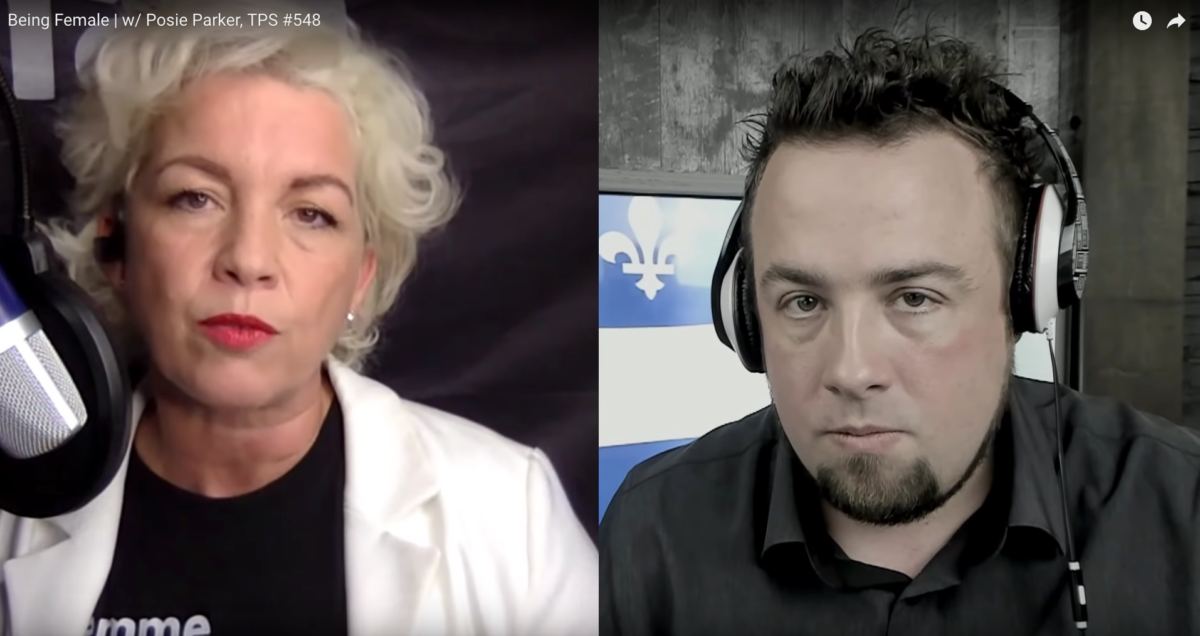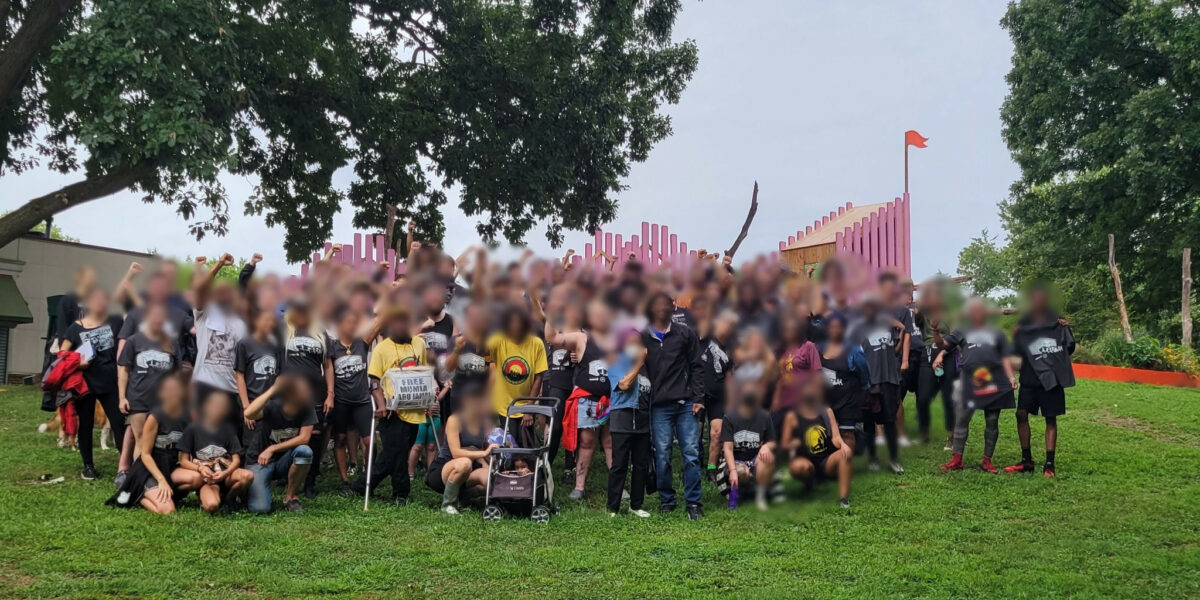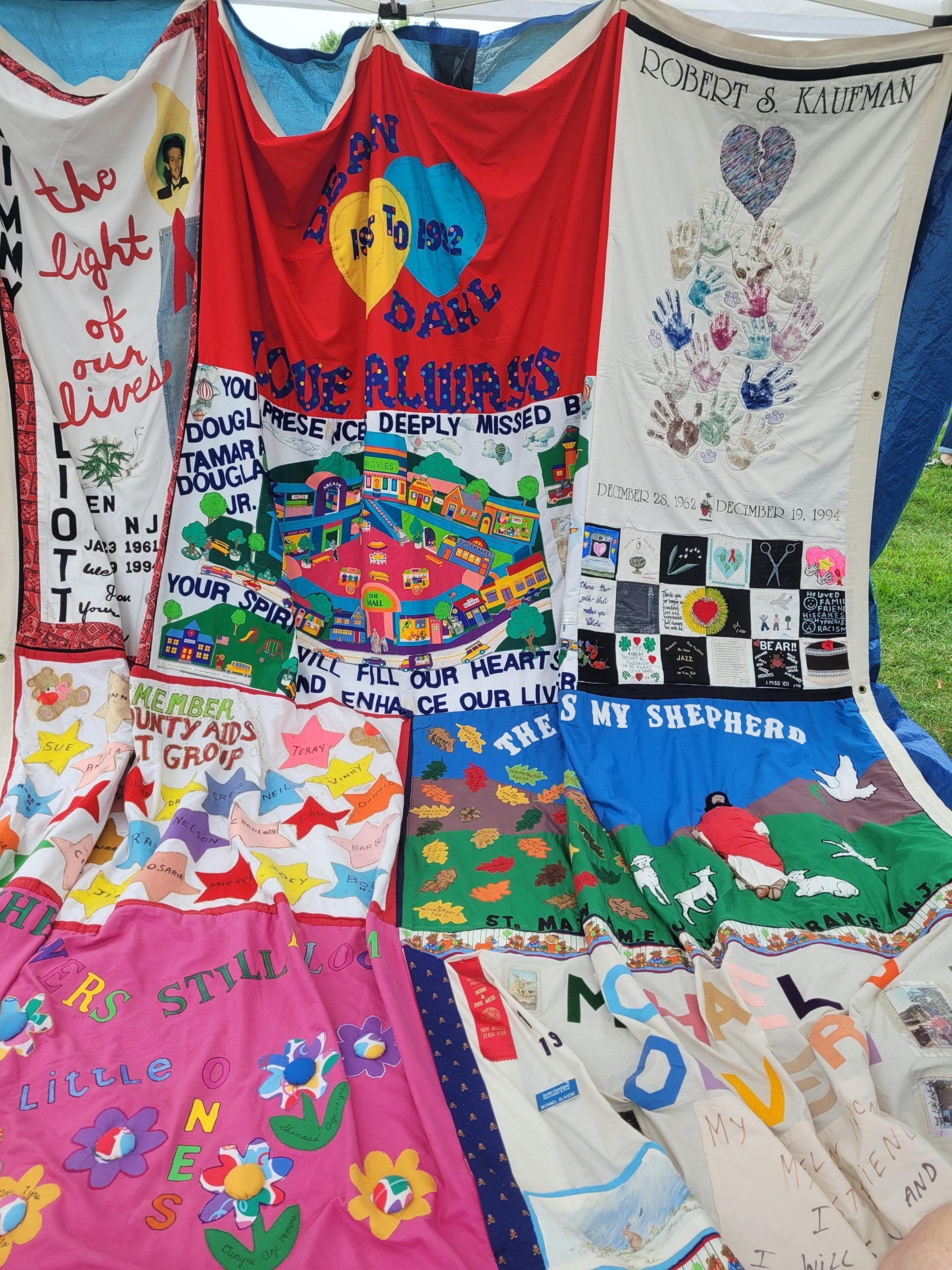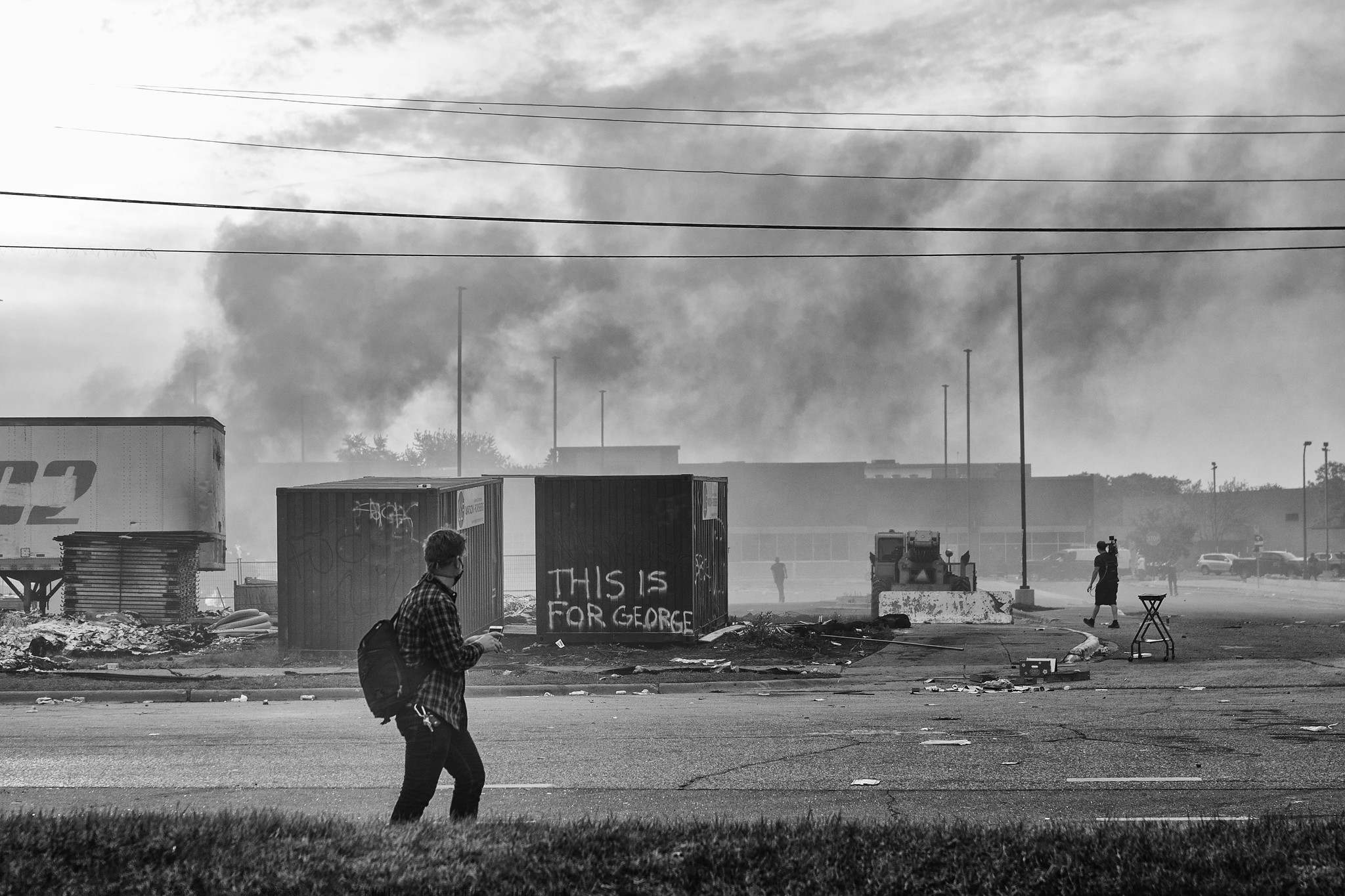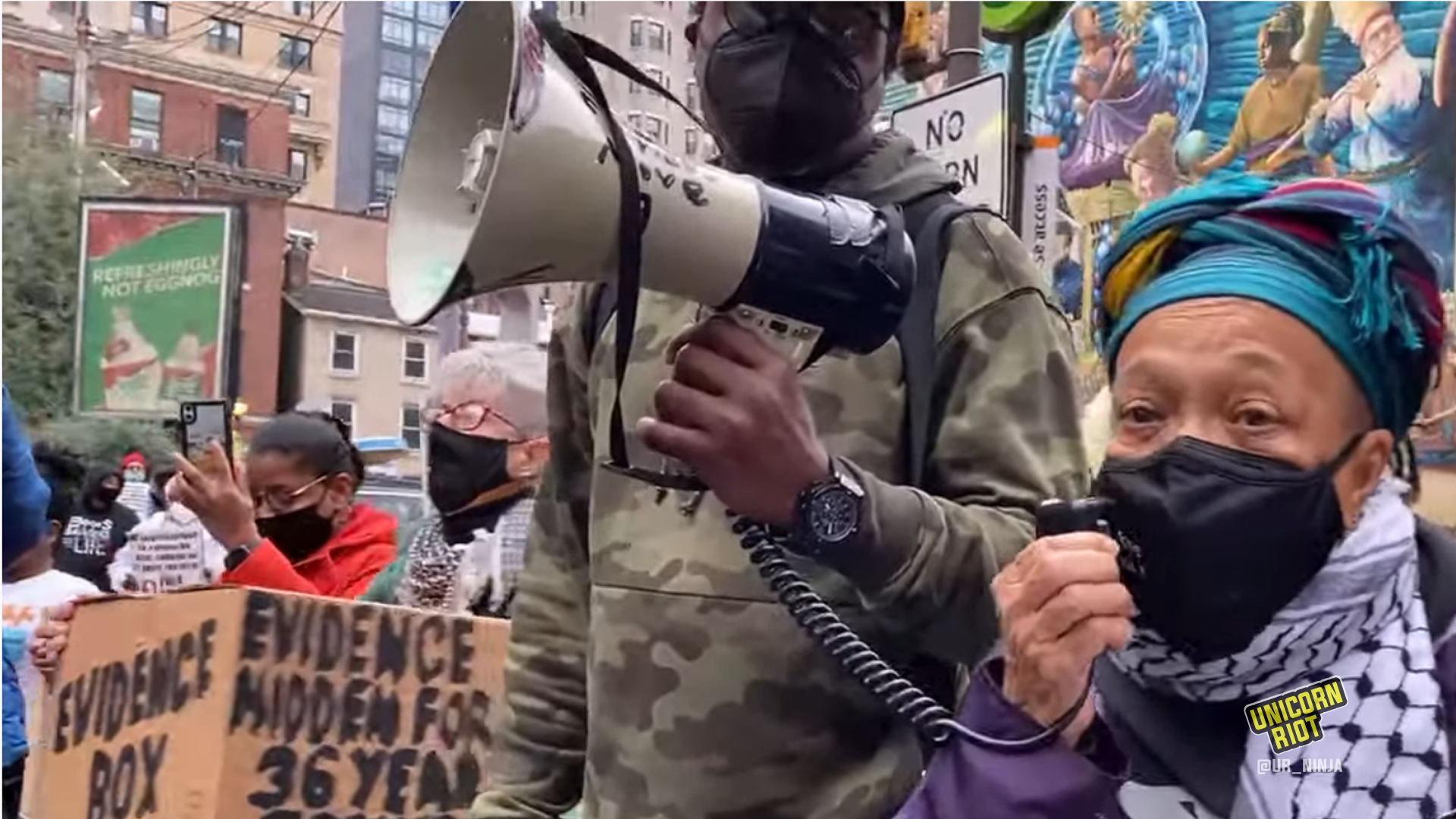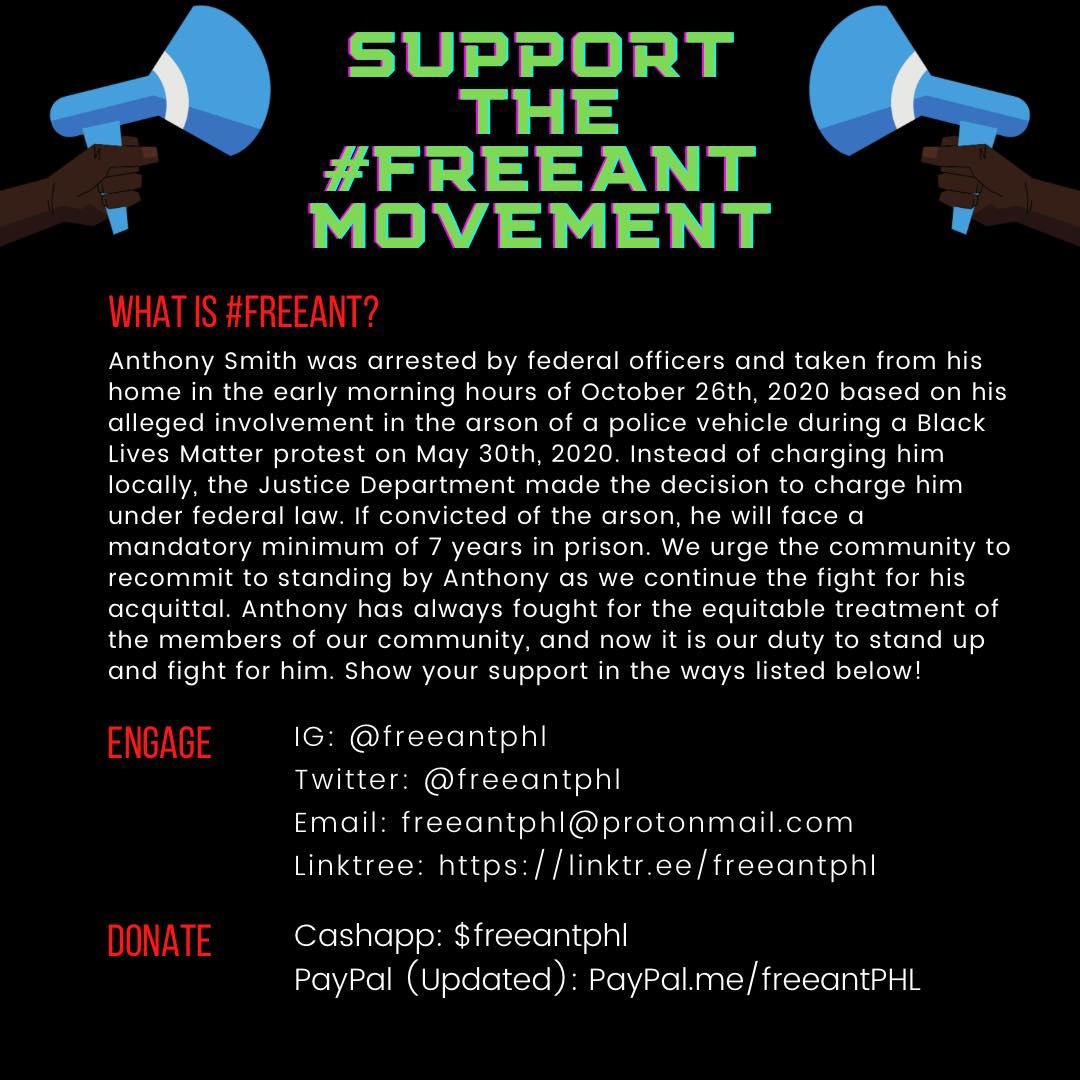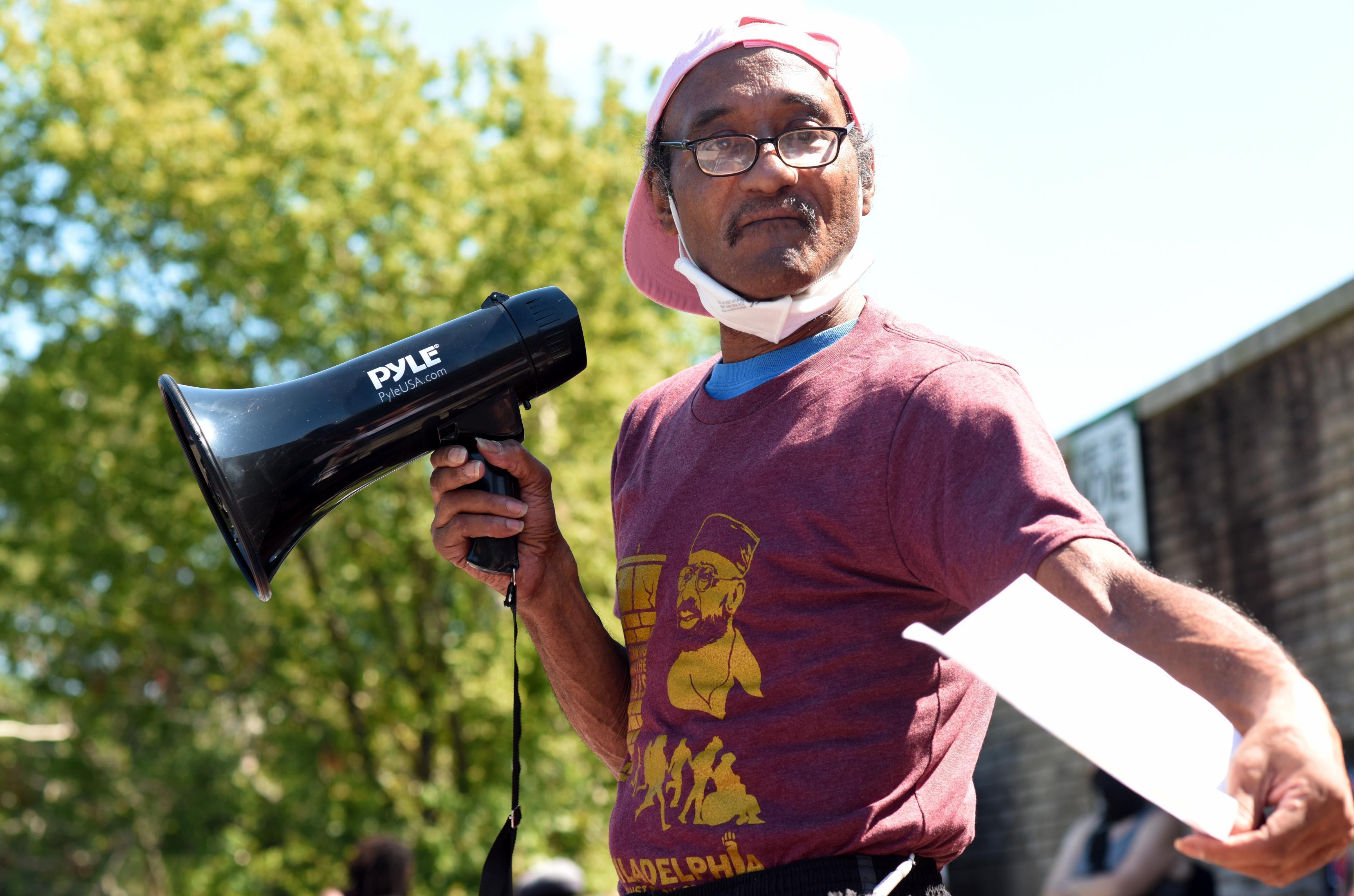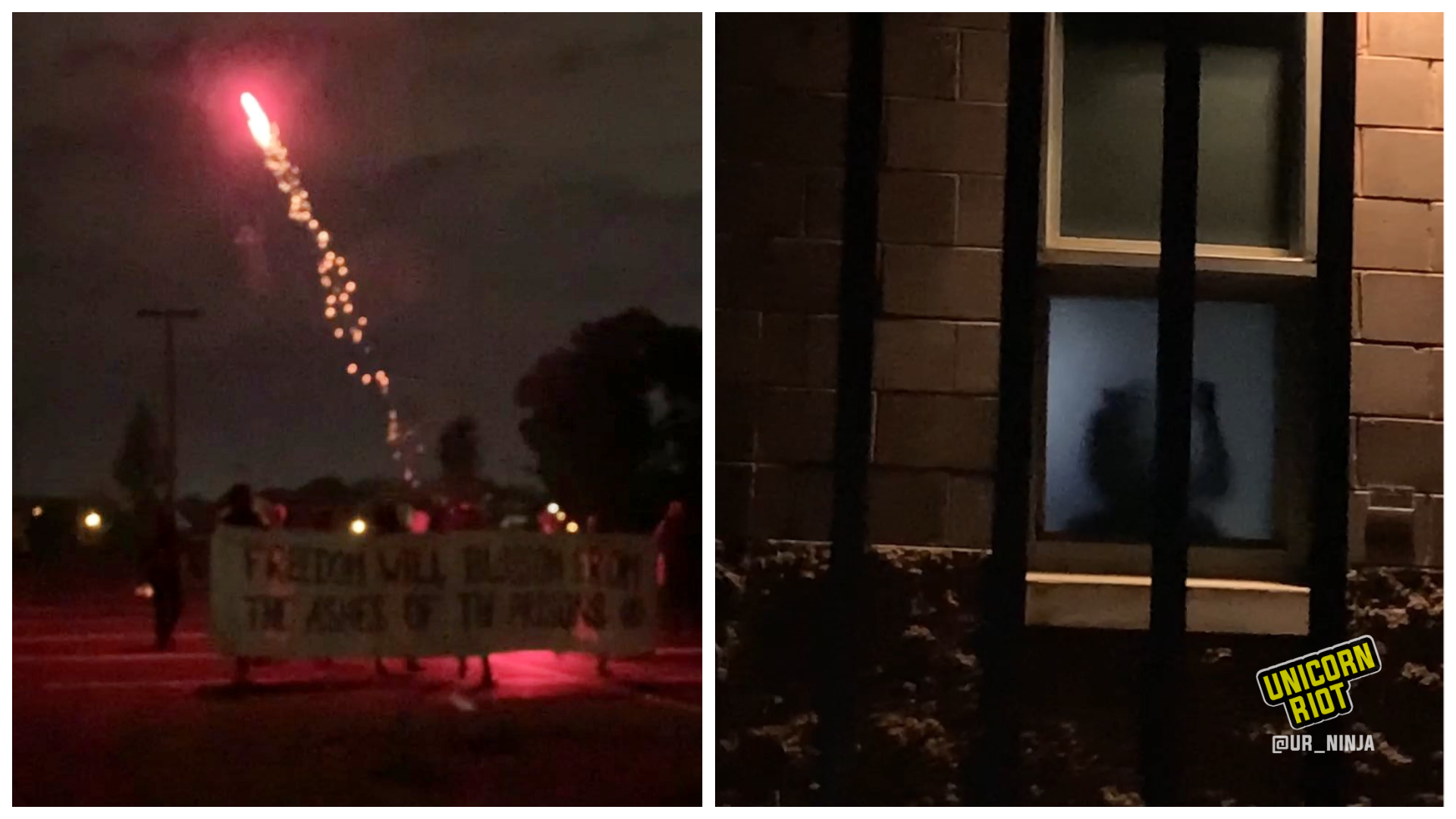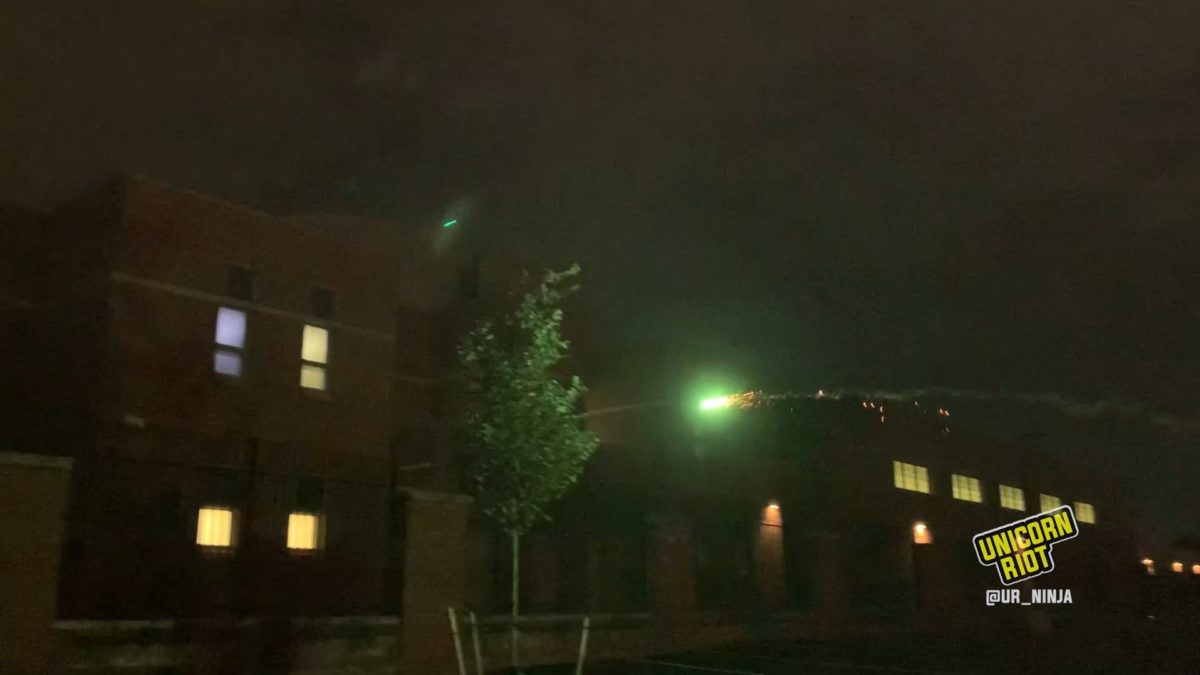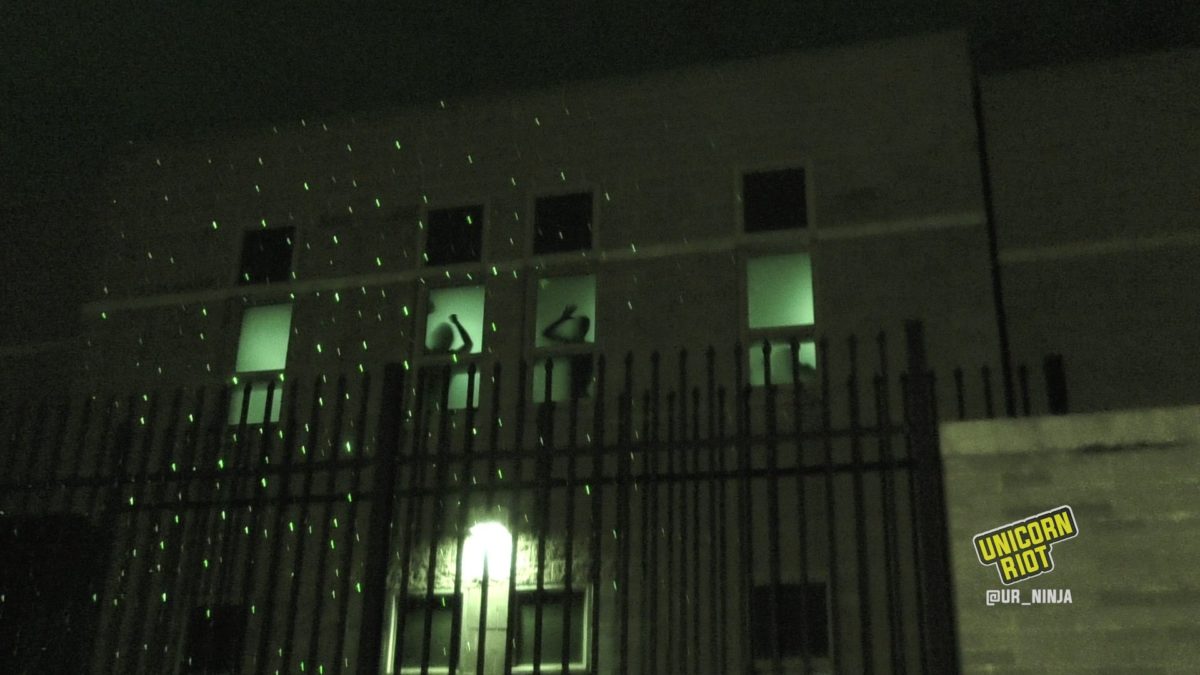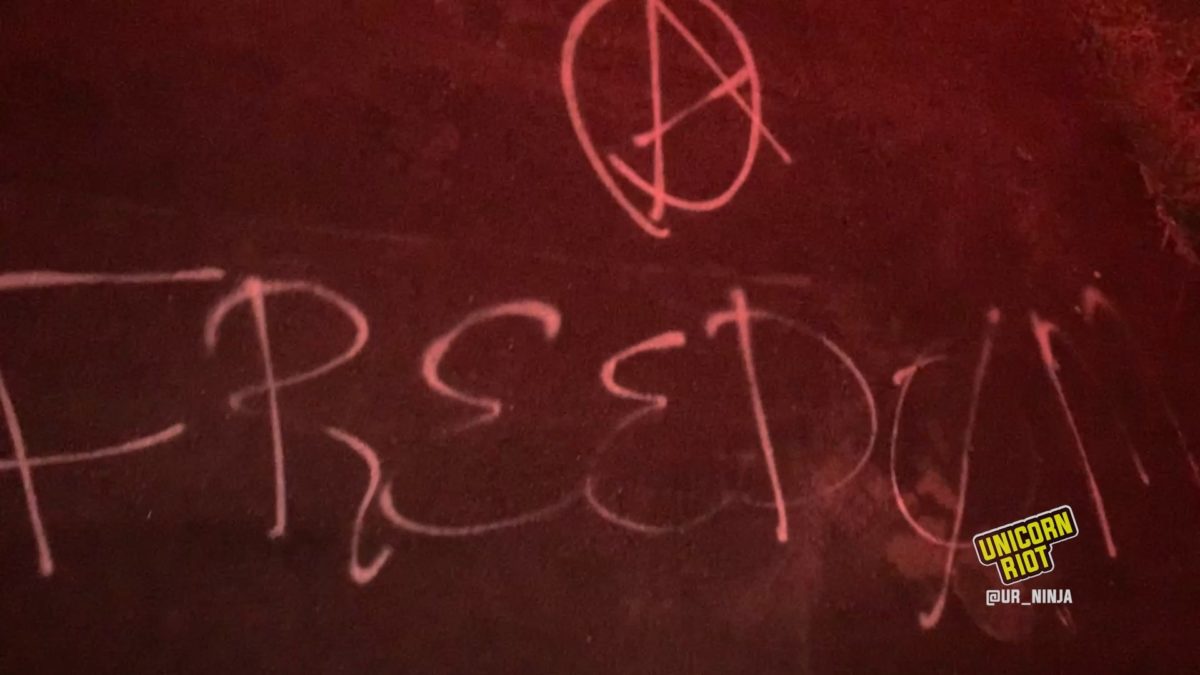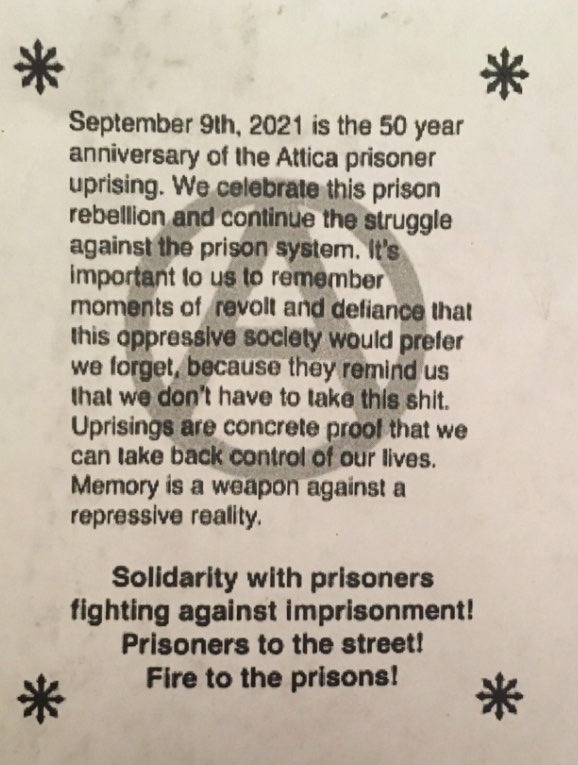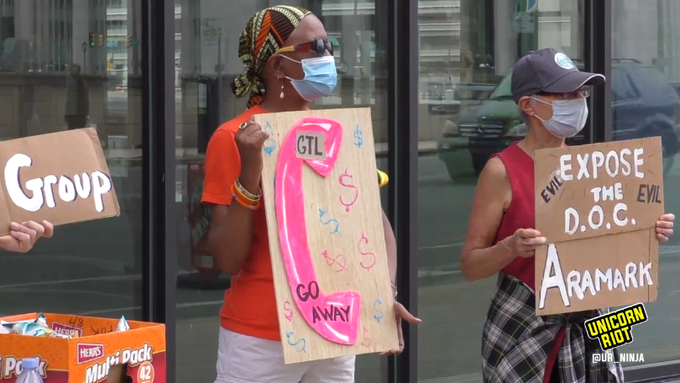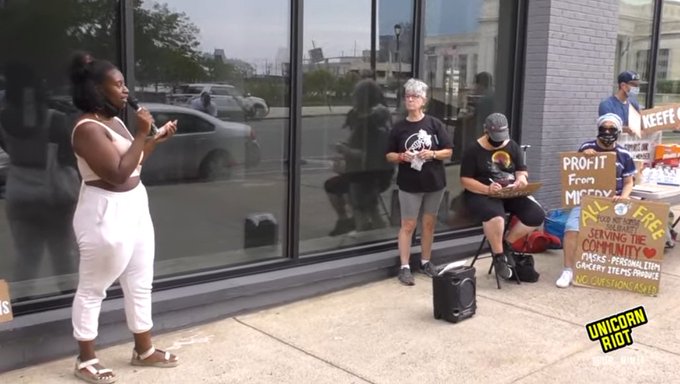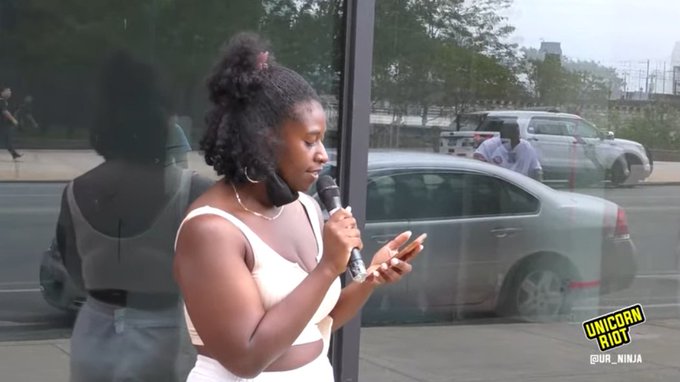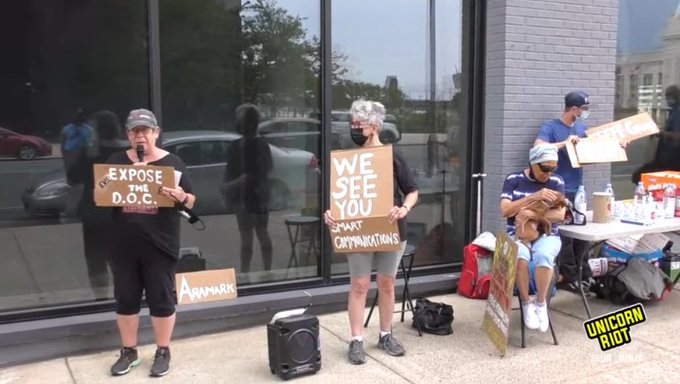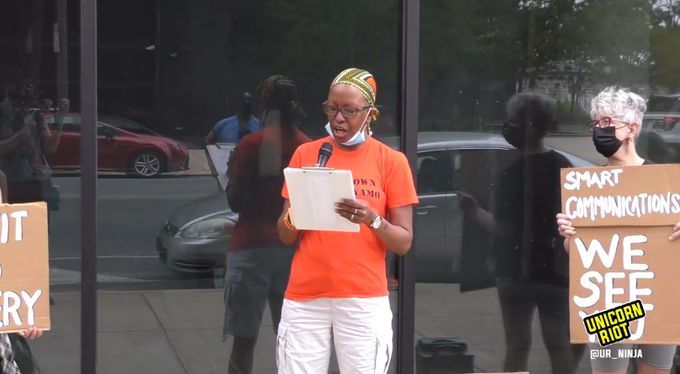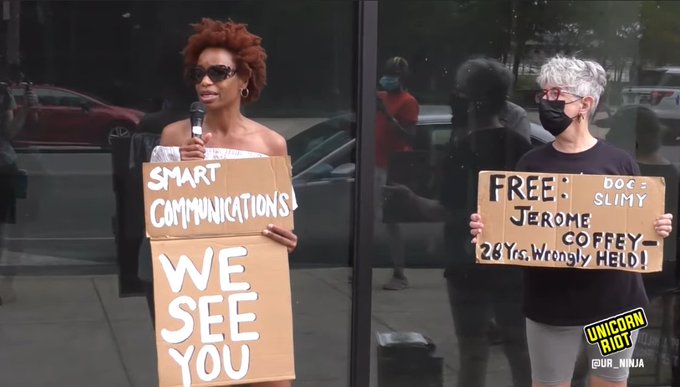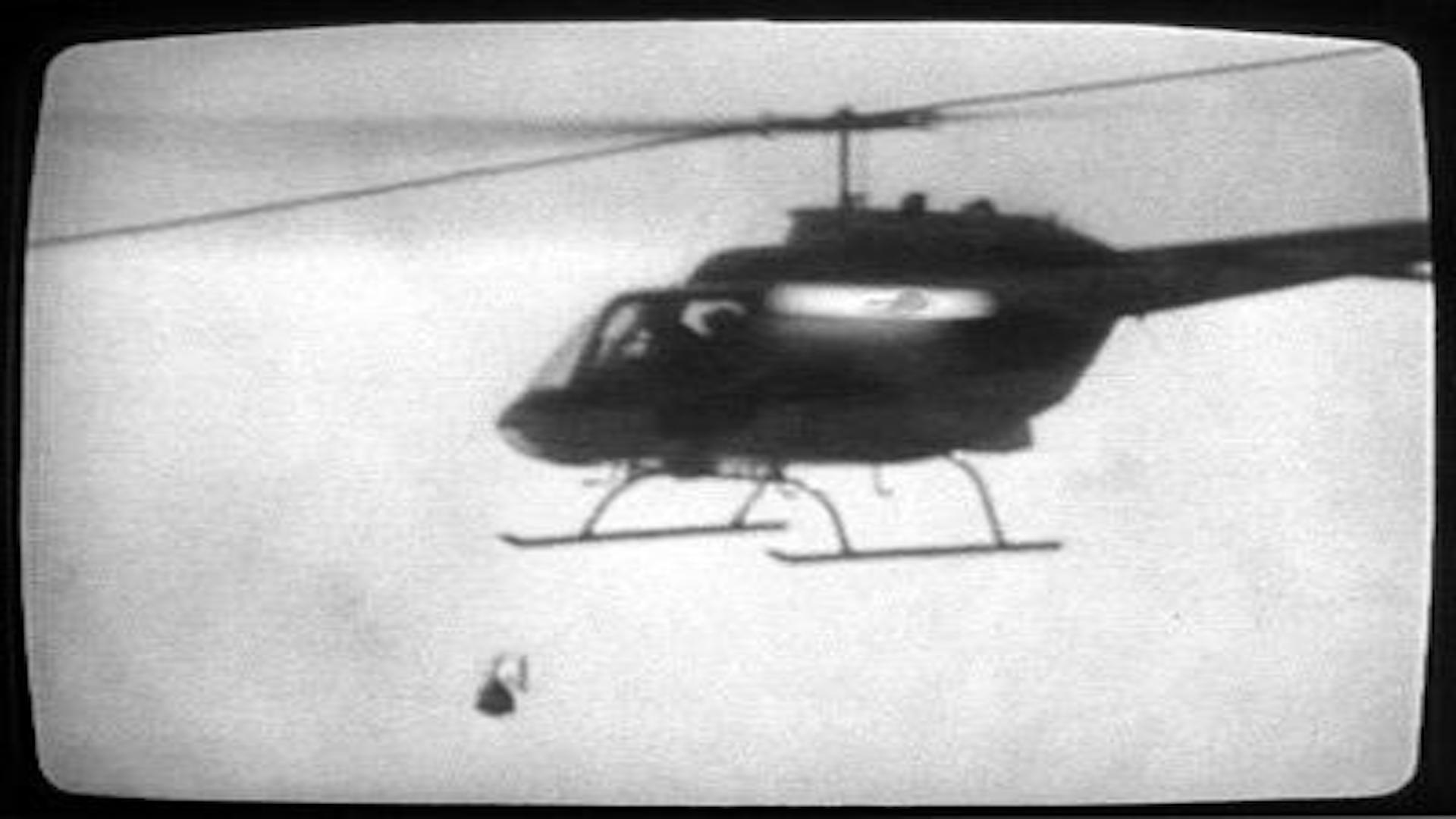from It’s Going Down
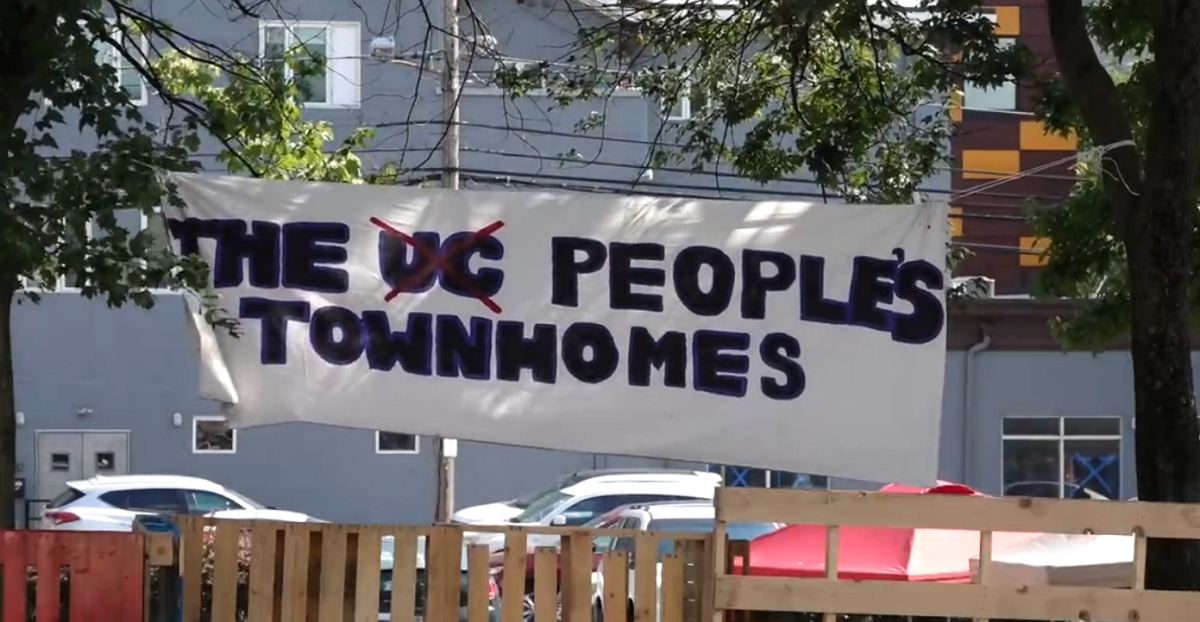
Report on ongoing struggle to stop the eviction of the UC Townhomes, which would displace 68 families in so-called Philadelphia. Originally posted to PM Press.
By Dan Hoylin and Charlie Allison
The sale of the land that would become the UC Townhomes in 1982 to the IBID/Altman Management Company was both a part of, and in response to, the longstanding tradition of the city of Philadelphia conspiring with local universities and property developers to evict low-income, predominantly black families and to transform a neighborhood once literally referred to as “Black Bottom” into the new paragon of gentrification, “University City.”
In July of 2021, Altman notified the residents of UC Townhomes that it would be selling the property, and not renewing its government contract, for a potential total of millions of dollars, displacing a community of 68 families from their long-term home.
This particular gentrification process was begun in the 1960s (the first gentrification in what-is-now-Philadelphia and the surrounding areas was the stealing of land from the Delaware and Lenape peoples centuries ago). The Philadelphia Redevelopment Authority partnered with local universities and hospitals–such as the University of Pennsylvania, Drexel University, and University of the Sciences–to invoke eminent domain in the section of West Philadelphia known as “Black Bottom.” To quote from current townhomes residents and writers, Rasheda Alexander and Sterling Johnson:
Back in 1968…[the residents of Black Bottom]…were leading a fierce resistance to displacement through “urban renewal” by digging trenches and stretching barbed wire across the street. Frank Rizzo, then Philadelphia’s Police Chief and already positioning himself for his 1971 mayoral campaign, mobilized against that resistance both in the streets and the press.
In the end, the City of Philadelphia forced out countless impoverished, mostly black, families, to expand the university’s campuses and make way for commercial properties and residential properties for students and staff. In the early 1970s, this issue was spotlighted by HUD with help from volunteers and activists from the Black Bottom, who sued the city for these openly racist and predatory housing practices under Frank Rizzo’s mayorship. As a result, the city was made to invest more in subsidized and public housing, resulting in the Dollar-Baby deal of the 3900-3999 block of West Market Street, becoming the spot for Altman’s private, government-subsidizing housing property: UC Townhomes.
UC Townhomes would become subject to much of the same neglect that housing projects across the country deal with mounds of garbage bags left uncollected piling up in the trash enclosure, unshovelled snow leaving walkways hazardous in the winter broken ACs in the summer, busted lights, roach and rat infestations. When the residents of the town homes notified Altman, their landlord, about these problems, the most consistent response was apathy and inaction. Their landlord was happy to collect their rent, but not to keep their living spaces livable.
In July 2021, the families of 3900 Market Street received a notice that Altman would be selling the property. Altman planned to sell the property to National Real Estate Advisors, potentially flipping the block for $100 million. A wave of protest followed that announcement. The residents organized themselves into councils and committees and met to discuss their options. They met with local activists and volunteers. All through the winter and spring they organized to resist having their homes sold from under them.
Councilwoman Jamie Gauthier passed legislation that prevented the demolition of the townhomes. The legislation, did not, however, prevent any evictions. A well-organized and from-the-bottom-advocacy led by townhomes residents created significant delay for Altman’s scheduled date of eviction from July of 2022 to September, and now to October 8th. Also, despite what Altman seems to think, his tenants do in fact have protected people’s rights under the Fair Housing Act, which helped give them tools to resist this encroachment. Altman sued in lower court and doubtless believes that the eviction will go on as scheduled.
To emphasize the fate that likely awaited them if nothing was done, the residents, with the help of volunteers, set up a protest encampment on their common lawn, by the 40th and Market Street Station of the Market-Frankford Line in summer of 2022. They invited volunteers, activists and fellow organizers to help, but made one thing abundantly clear: the residents speak for the residents—none speaks for them to the press. Many times, the residents had to correct journalists who passed by the encampment (and the staffed tables up front, distributing literature, shirts, pins and stickers) that this was not a homeless encampment, but a representation of what was likely to be the fate of the residents if their landlord had his way.
When we visited the (newly renamed) People’s Townhomes this summer to donate gear, a friendly atmosphere reigned. The residents and volunteers made a brightly painted knee high fence out of pallets around the common grassy area, adorned with slogans. The rules—no weapons, no alcohol, respect the resident’s space and noise level etc.—were posted for all to see on a lamppost.
Children ran around the lawn, even in the summer heat, or sold water out of a cooler on the corner to commuters. In the evenings, I was told, there were more communal activities—movie nights for the children, storytelling. The residents had a couple of shade-makers up over tents, asking locals to sign petitions to prevent the eviction. It was a bit of the commons—well provisioned with bottled water, food, tents, paint, games—snatched from the jaws of the increasingly privatized world.
With each article written about the encampment, some enterprising soul made a copy of it, laminated it and zip-tied it to the iron grids around the 40th street subway stop for commuters to read. A sign out front read: “Honk if you want to save the People’s Townhomes!”
When the protest encampment first went up, Altman Realty’s reaction was a fit of pique: they ordered onsite laundry room locked and forbidden to the residents– a wildly illegal and telling act of petty thuggery (that little tantrum of Altman’s was swiftly undone—as the laundry room was opened less than 24 hours after being closed).
Altman’s legal team, however, wasted no time suing in lower courts to have the encampment at the townhomes—made up of volunteers and residents resting on their own property—broken up by the Philadelphia Sheriff’s Department on Monday August 8th. This was done, and scores of people rallied on short notice in protest to this act, briefly shutting down Market Street. In an email the sheriff’s department was good enough to acknowledge that there was a need for affordable housing in Philadelphia.
But in a brave stance that completely avoided personal responsibility for their actions, legal or no, the Philadelphia Sheriff’s department nobly argued that they were simply following orders by removing tents that in no way interfered with the public good. The sheriff’s department took down the tents, forbade tables to be set up and took down the majority of the signage.
As French anarchist Proudhon once said: “Laws: We know what they are, and what they are worth! They are spider webs for the rich and mighty, steel chains for the poor and weak, fishing nets in the hands of government.”
It is clear to anyone that Altman’s strategy is to let the weight of laws, extractive capitalist culture and inertia do his dirty work for him. Throughout this whole process, he and those who work for him have refused to deal in good faith or basic decency or even speak to the people they are dispossessing.
Sixty eight families—many of whom are older or disabled or both—will be effectively homeless and without recourse if Brett Altman gets his way. Of course, his company will be implicated in this moral crime writ-large, but who cares? They’ll be rich. That’s what matters to them, not the human cost of said riches.
The townhomes location is what has the realtors and landlords licking their chops, right in the core of the UPENN part of West Philadelphia. Close to everything—food, transportation, entertainment, and perhaps most importantly medical care. People’s Townhomes resident Ms. Lyles writes in a widely distributed pamphlet:
After we moved to the Townhomes, my daughter was diagnosed with kidney failure. Our living room became a clinic with her IV tubes and treatment equipment as she went through home dialysis for over a year. Then, my health failed causing me to have to use a walker. When we got the call that they had found a kidney for her, I did not have money for a taxi but thankfully we were able to walk over to the UPenn hospital nearby. She still needs access to healthcare as doctors closely monitor her health. Through these times, the close community of neighbors and lifelong friends that I have made at the Townhomes have relied upon each other. I would not have survived without friends like Wanda Goss, we depend on each other daily. I’m afraid that this stability may be ripped away from us.
Many of the townhomes residents are older folk and many have medical issues. Their abrupt eviction would not only remove access to essential medical care, but destroy the essential bonds of community and solidarity created by their neighborhood and put them in very real danger.
The residents of the UC Townhome’s demands are simple. They are as follows in a widely distributed pamphlet:
- Stop the Demolition: We demand an immediate halt to the sale and demolition of the UC Townhomes and that it be made 100% permanently and deeply affordable.
- Give Us More Time: Residents demand an extension of 2 years if we are indeed being forced to leave.
- Make Immediate Repairs: We demand that repairs and maintenance be addressed by immediately assigning a maintenance person to the UC Townhomes and meeting with a group of residents to discuss these outstanding issues.
- Provide Just Compensation: We are demanding 500,000 financial compensation per family, amounting to 35% of the total sale price.
As this article was being written, the stated eviction date of September 7th was moved to October 8th. This is of course still not nearly enough time to move, especially in a city that largely doesn’t accept housing vouchers—as the residents know all too well.
Kevin Feeley, Altman’s spokesperson, insists the opposite in defiance of plain facts. Partly because that is his job and because he is (presumably) at no risk of being forcibly evicted from anything, let alone his home or community at the present time.
The residents of the People’s Townhomes have embraced a diversity of tactics. Most recently, they have put together their own plan to help buy the Townhomes.
A spokesman for the City Of Philadelphia issued a statement in response to the residents of the People’s Townhomes and their supporters marching in significant numbers in Center City. It was a diplomatic statement, if we remember that old proverb of Bismarcks: (“I am learning to be a diplomat—speaking a great deal and saying nothing at all.”)
What you can do as the eviction deadline approaches:
Call Mayor Kenney’s office and make your support for the People’s Townhomes known—he has systematically refused to meet with them throughout this scandal.
Call Councilwoman Jamie Gauther’s office.
Call Altman. A script can be found here.
Show up in person to demonstrate solidarity with the UC Townhomes on October 8th, the date the eviction is due to be served.
I can think of no better closing quote than this. As residents Rasheda Alexander and Sterling Johnson write:
To sit silently by today, as the city allows these projects to expire and return to the market, is a betrayal of the long fight against desegregation and discrimination. Indeed, it is nothing more than a return to the racist housing policies of the past.

